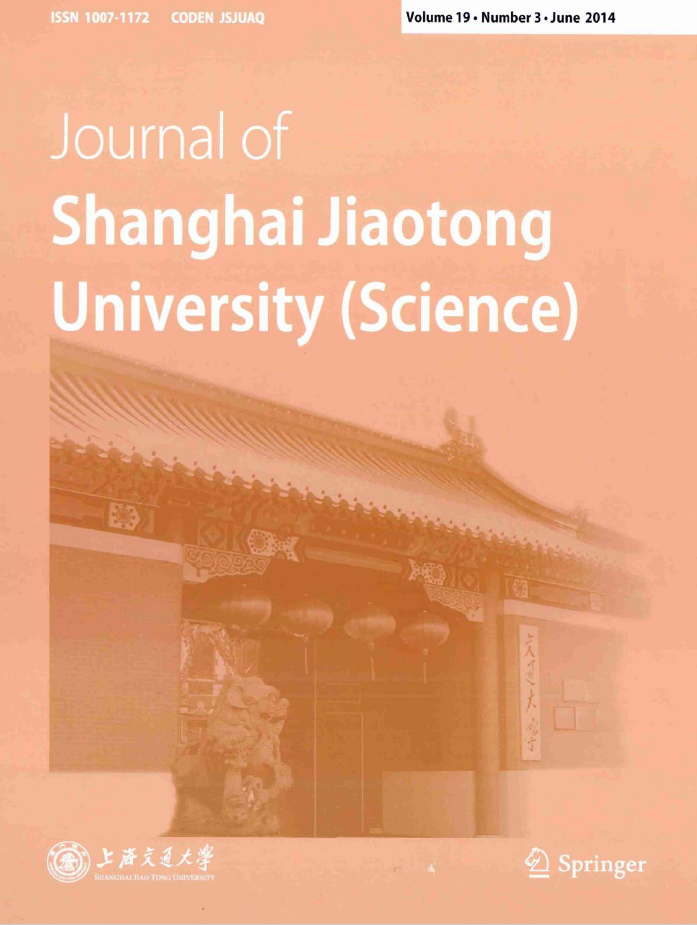This article adopts three soft computing techniques including support vector machine (SVM), least square support vector machine (LSSVM) and relevance vector machine (RVM) for prediction of status of epimetemorphic rock slope. The input variables of SVM, LSSVM and RVM are bulk density, height, inclination, cohesion and internal friction angle. There are 53 datasets which have been used to develop the SVM, LSSVM and RVM models. The developed SVM, LSSVM and RVM give equations for prediction of status of epimetemorphic rock slope. The performance of SVM, LSSVM and RVM is 100%. A comparative study has been presented between the developed SVM, LSSVM and RVM. The results confirm that the developed SVM, LSSVM and RVM are effective tools for prediction of status of epimetemorphic rock slope.

